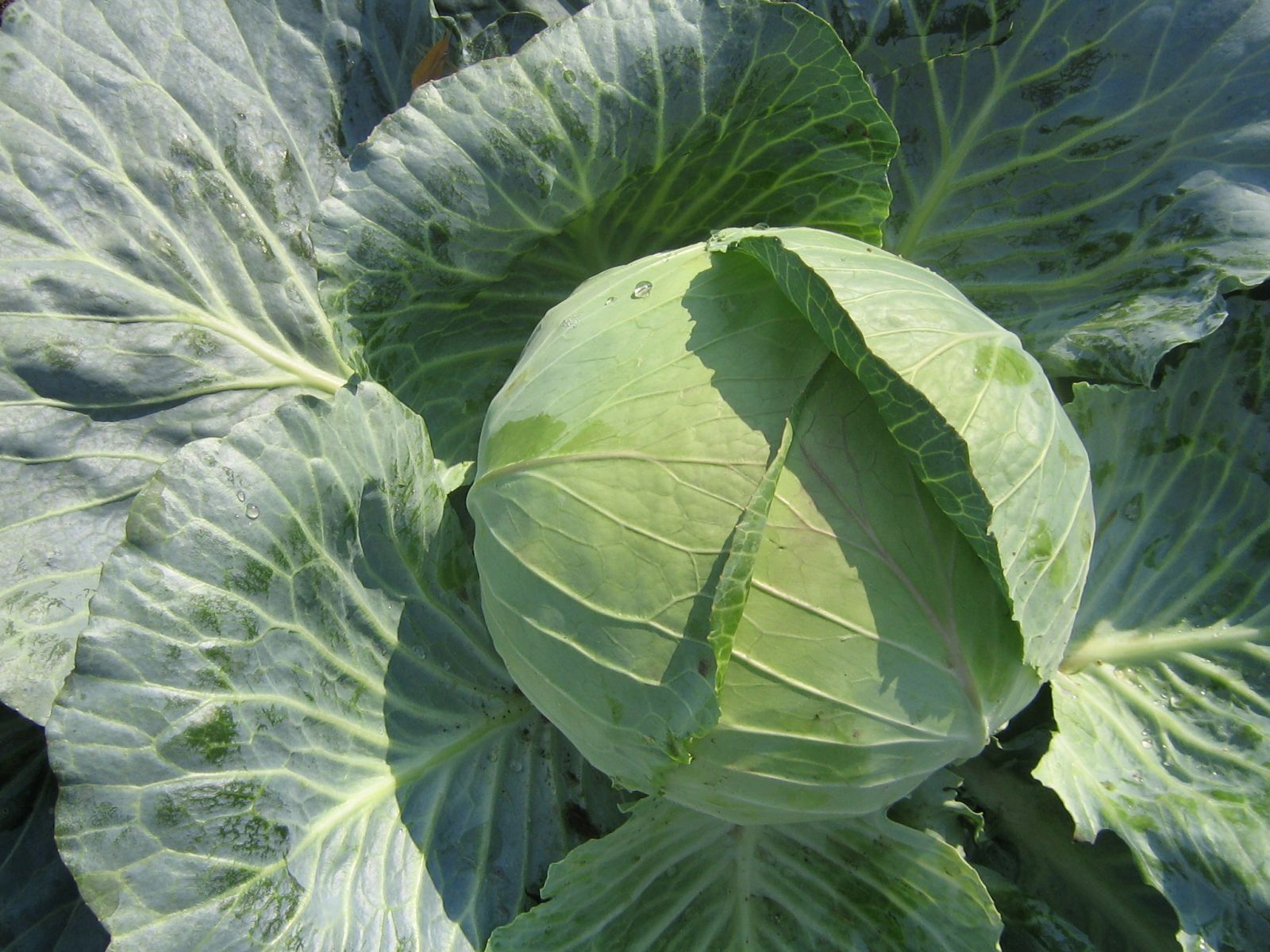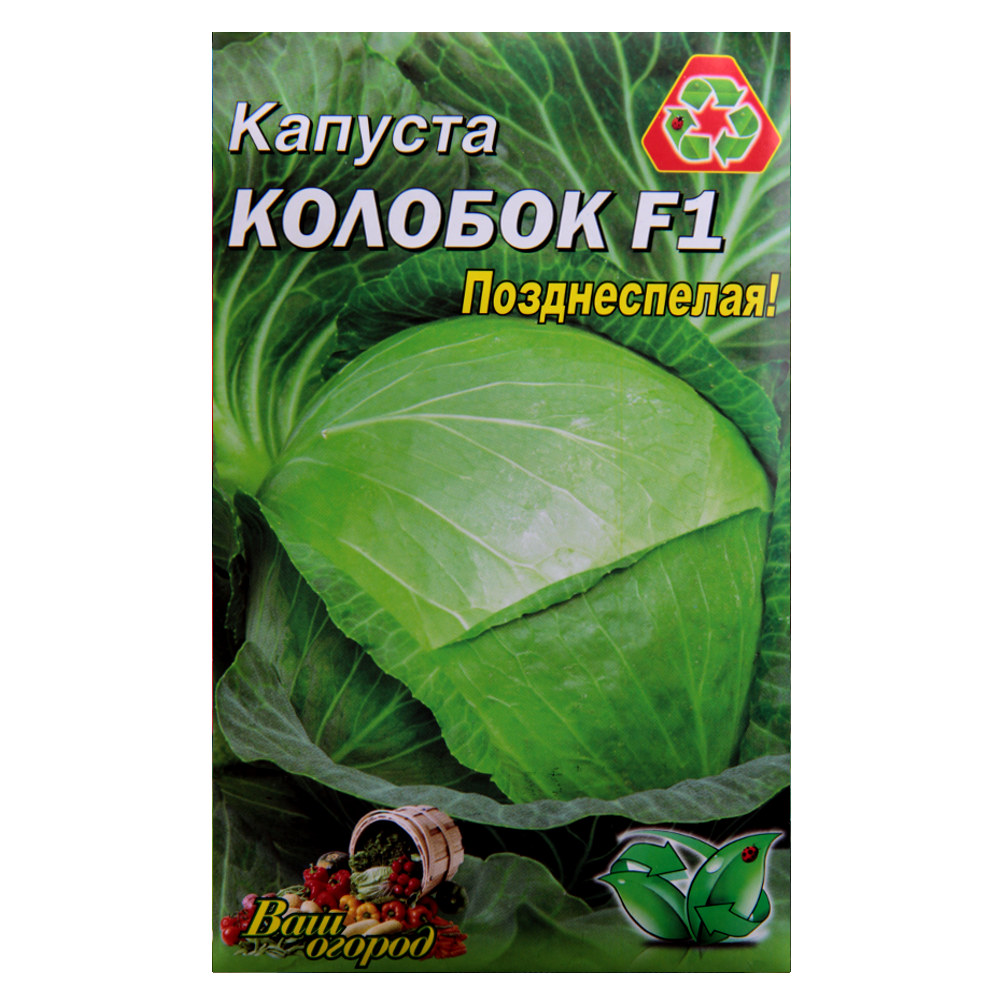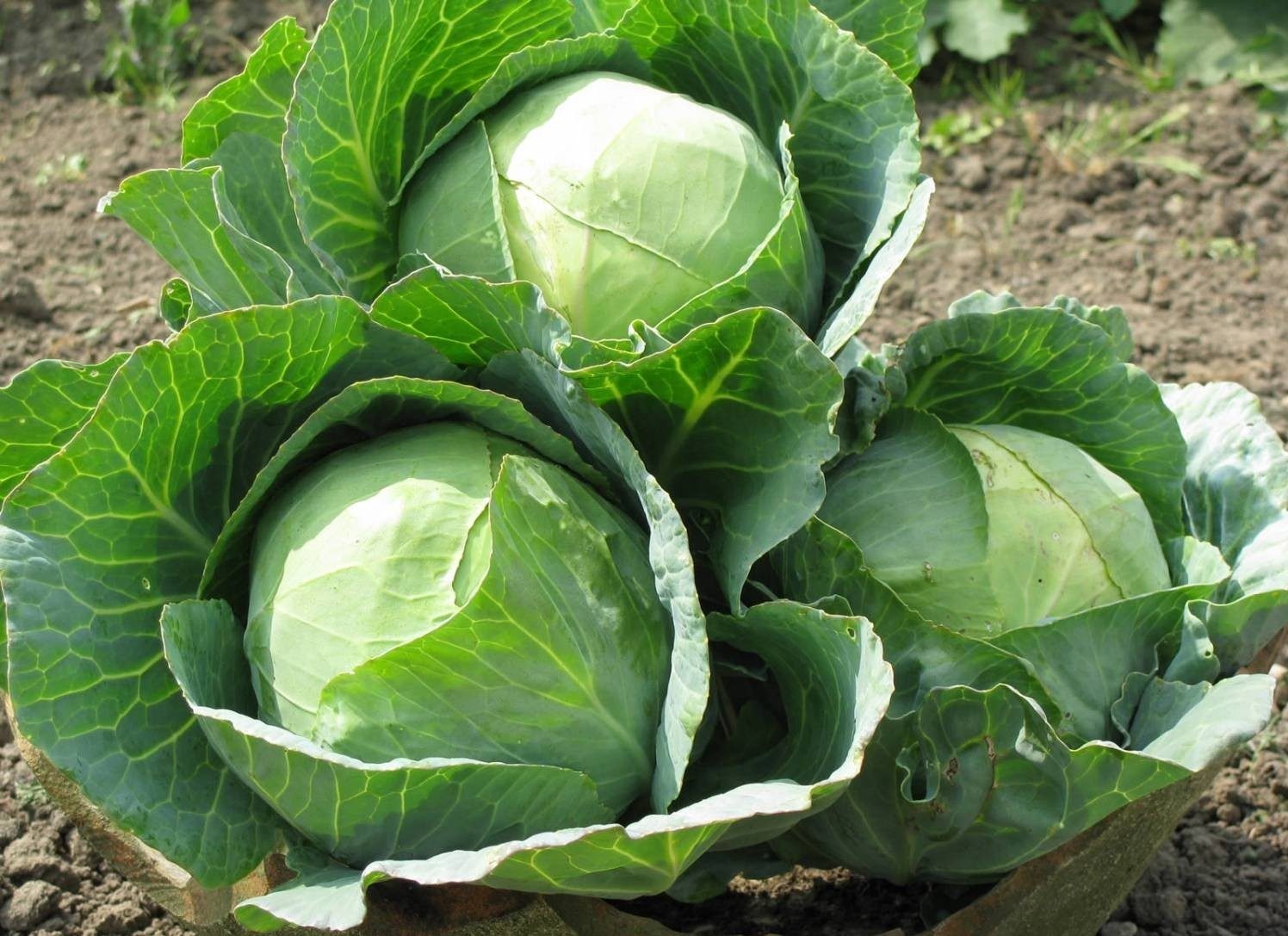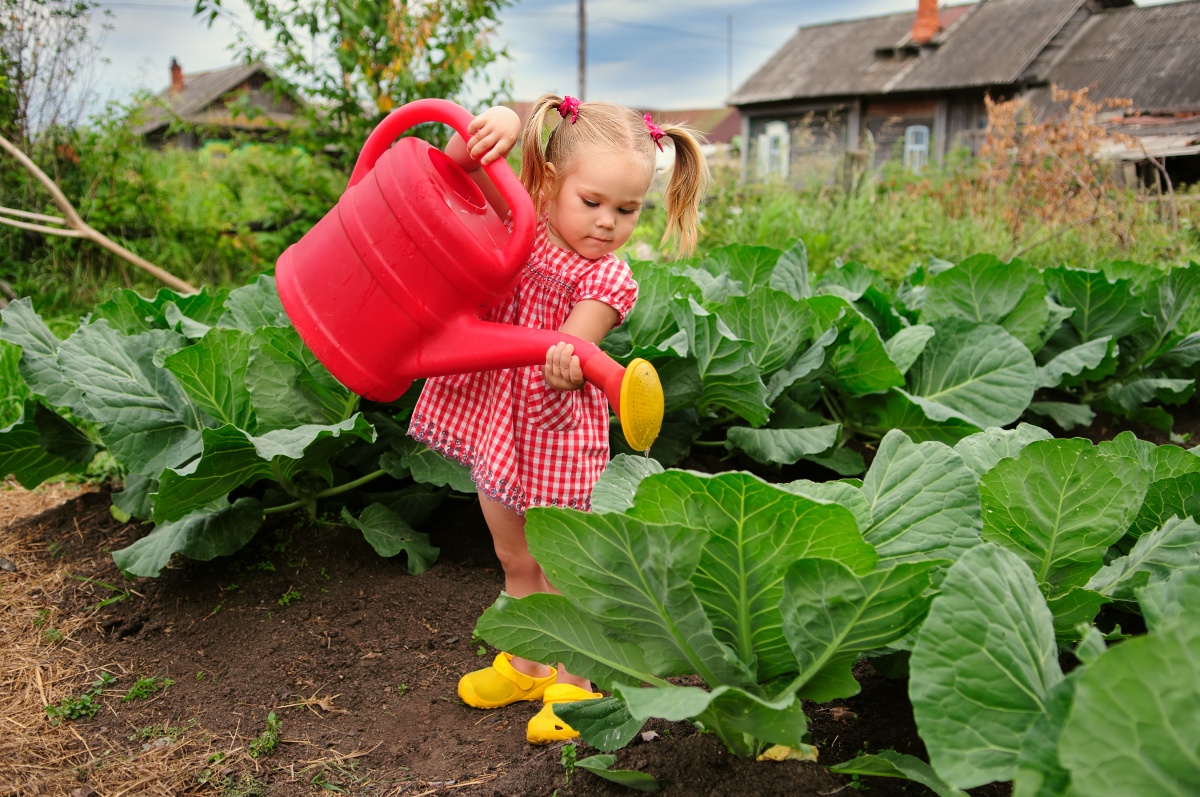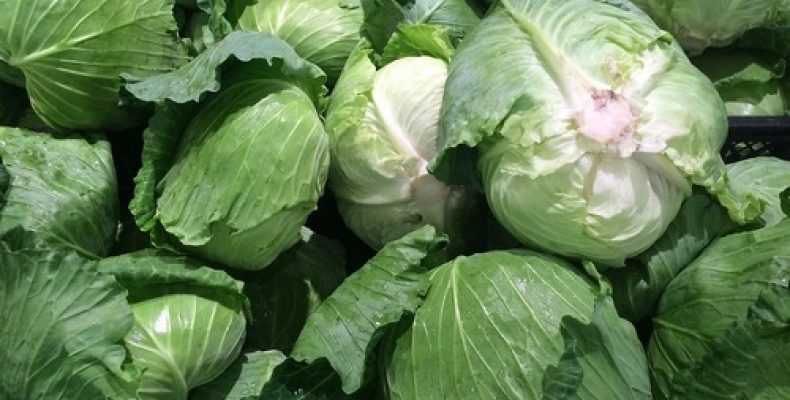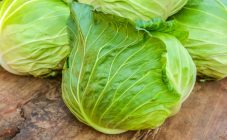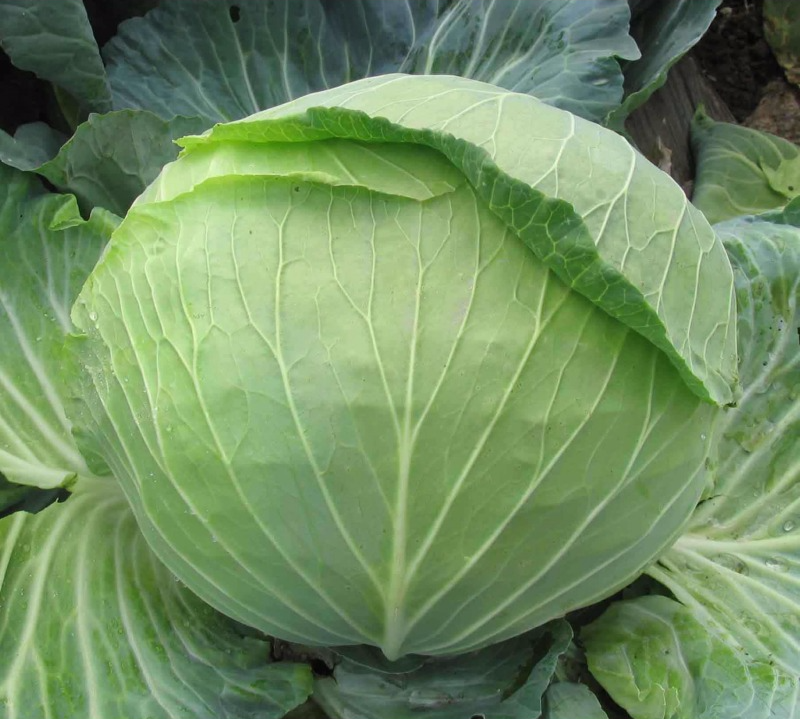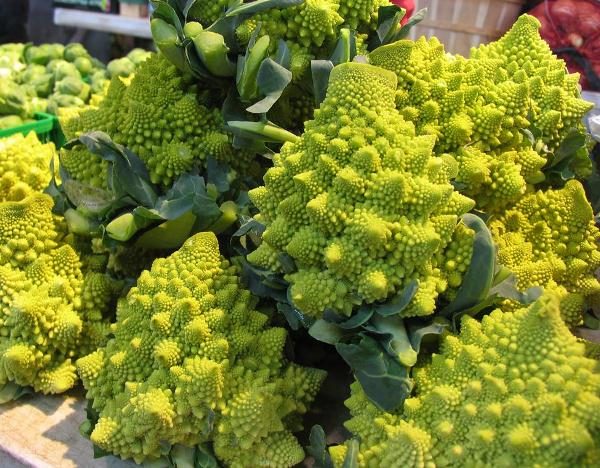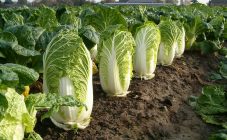Content:
Cabbage is one of the vegetable crops that must be grown in the garden beds. All its varieties are grown in summer cottages - from white cabbage to colored, each has a lot of useful qualities. But the most popular are varieties and hybrids of white cabbage.
Breeders have bred many of its species, differing from each other in terms of ripening, size of heads, and also taste. The hybrid cabbage Kolobok has been popular among vegetable growers for several years already. One of its main positive qualities is the ability to store it almost until the next summer season.
The history of the creation of the variety
White cabbage Kolobok f1 was bred by breeders at the scientific station of N.N. Timofeev, located in Moscow in the mid-90s of the last century. After the tests, this hybrid was entered into the State Register and zoned for cultivation in most regions of our country, as well as in the republics of the former Union located in its European part.
This variety is grown outdoors, but can grow well and produce good yields in greenhouse conditions. This variety of cabbage is grown not only in summer cottages, but also on an industrial scale, from year to year increasing the area occupied by Kolobok cabbage.
Description and characteristics of cabbage Kolobok
According to the ripening period, this variety belongs to the late-ripening ones, therefore, ripe heads of cabbage can be salted, stored, and not only used fresh and for preparing the first, second courses and salads.
Since Kolobok cabbage is a hybrid, it is useless to collect seeds from this vegetable - they will not have all the beneficial properties of the parent plant. Heads of cabbage ripen 3.5-4 months after sprouting.
The foliage is dark emerald, the inner side of which is whitish in color, smooth, rounded back - ovoid. The edges are slightly wavy. Each sheet is coated with wax. The veins on the foliage are clearly visible, the thickness is less than average.
Ripe heads of cabbage of this hybrid are dense, rounded in shape, can ripen up to 4-4.5 kg. The stump is medium in size. The yield of cabbage Kolobok is high, up to 200-300 kg can be harvested from the garden, if you follow the rules of cultivation
The leaf rosette is slightly raised above the ground, it can reach a height of 32-35 cm. The diameter of the fork is up to 45-48 cm. The outer leaves of the heads are green, inside are white.
Ripening of the crop is friendly, stable. The taste of the forks is excellent. Their use is universal (pickling, salting, pickling, use in the preparation of various dishes).
The harvested crop can be stored in appropriate conditions practically until spring, without losing its taste and valuable substances.
Ripe heads of Kolobok's cabbage are not prone to cracking.
Also, this hybrid is resistant to most diseases characteristic of different types of cabbage.
Agrotechnics for growing cabbage
You can grow white cabbage both by planting seeds directly in open ground, and by pre-growing seedlings at home.
Sowing seeds in open ground should be after the ground warms up to 15-16⸰ immediately into the prepared beds.It is worth immediately sowing two or three seeds in one hole, watering and covering with plastic wrap until sprouts appear. When the seedlings have 2-3 permanent leaves, the weakest plants are removed, and the strong ones are planted so that the distance between them is at least 0.7 m.
Growing seedlings of this varietal hybrid begins with the germination of the seed. The seeds are wrapped in a wet cloth and left in a warm place until the sprouts hatch.
The soil for planting can be purchased in a specialized store, or you can prepare it yourself from peat, humus, turf and cow dung, taken in the ratio: 7: 2: 1: 1. Before planting seeds, the soil laid out in containers must be disinfected with a weak solution of potassium permanganate.
Seeds should be planted to a depth of no more than 0.8-1 cm so that the sprouts appear faster. Sowing time is the first or second ten days of April.
It is better to water the seedlings from a spray bottle so as not to wash out the seeds and tender seedlings. To help sprouts appear faster, you can cover the containers with glass on top.
In the future, caring for the seedlings is reduced to regular watering (the water should not be warm), as well as ensuring the required level of illumination so that the seedlings do not begin to stretch towards the light.
When a young cabbage has several real leaves, the plants will be cut open. You can simply plant them at a distance of 5-6 cm, but it is better to immediately place the seedlings in separate cups in order to less injure the root system in the future when transplanting to a permanent place
During the cultivation of cabbage seedlings, it is fed a couple of times.
- For the first time - two weeks after the dive procedure. At this time, a solution of ammonium nitrate, as well as fertilizers containing phosphorus and potassium, is introduced under the base of the seedlings.
- 8-12 days before transplanting seedlings to a permanent place, a solution of cow manure can be added to the soil. This organic fertilizer is diluted with water in a ratio of 1:10 and the seedlings are watered.
Adult plants are cared for as follows:
- watered regularly;
- loosen and huddle near-trunk circles;
- remove weeds;
- make top dressing.
Advantages and disadvantages of the variety
The popularity of this variety is high due to the many positive qualities of the hybrid:
- high resistance to most diseases;
- good taste and a wonderful presentation of the forks;
- stable high yields, which are obtained from the bushes of this cabbage;
- the harvested crop can be stored for at least six months;
- the crop tolerates long distance transportation;
- heads of cabbage are not prone to cracking.
Negative qualities of Kolobok cabbage were not noted, even in the reviews of vegetable growers who have been growing this hybrid for more than one year, it was not said about the disadvantages of this cabbage.
